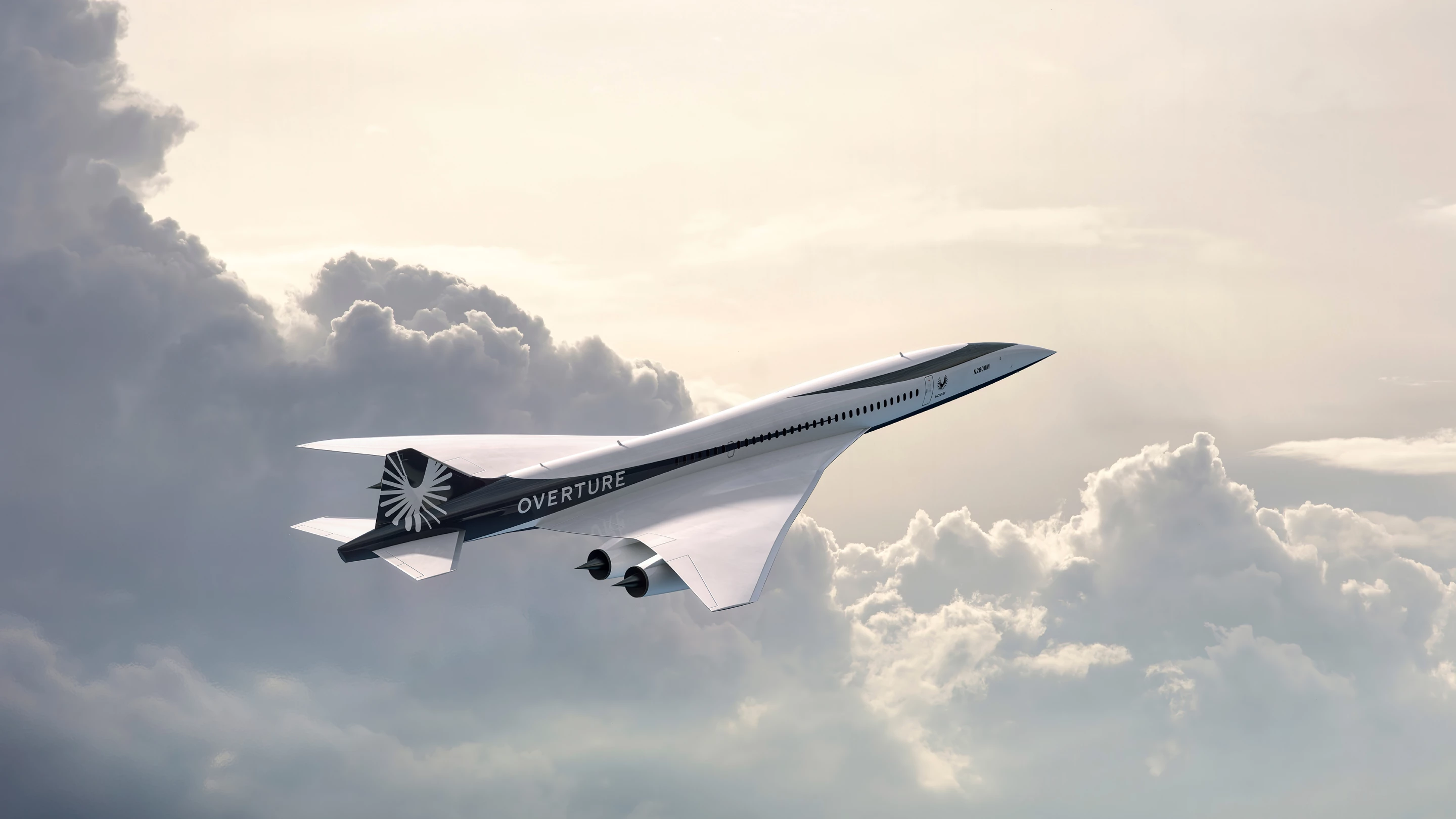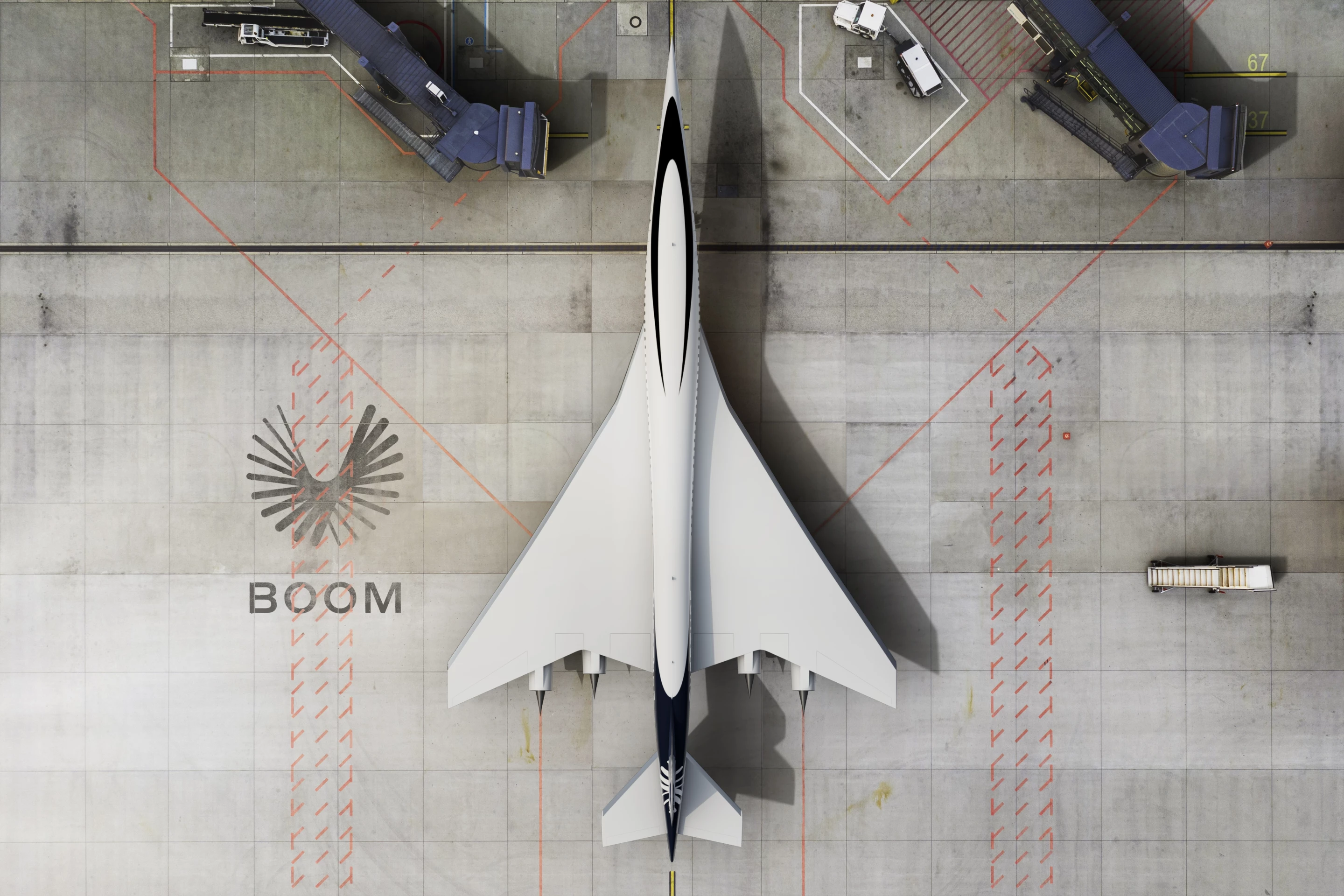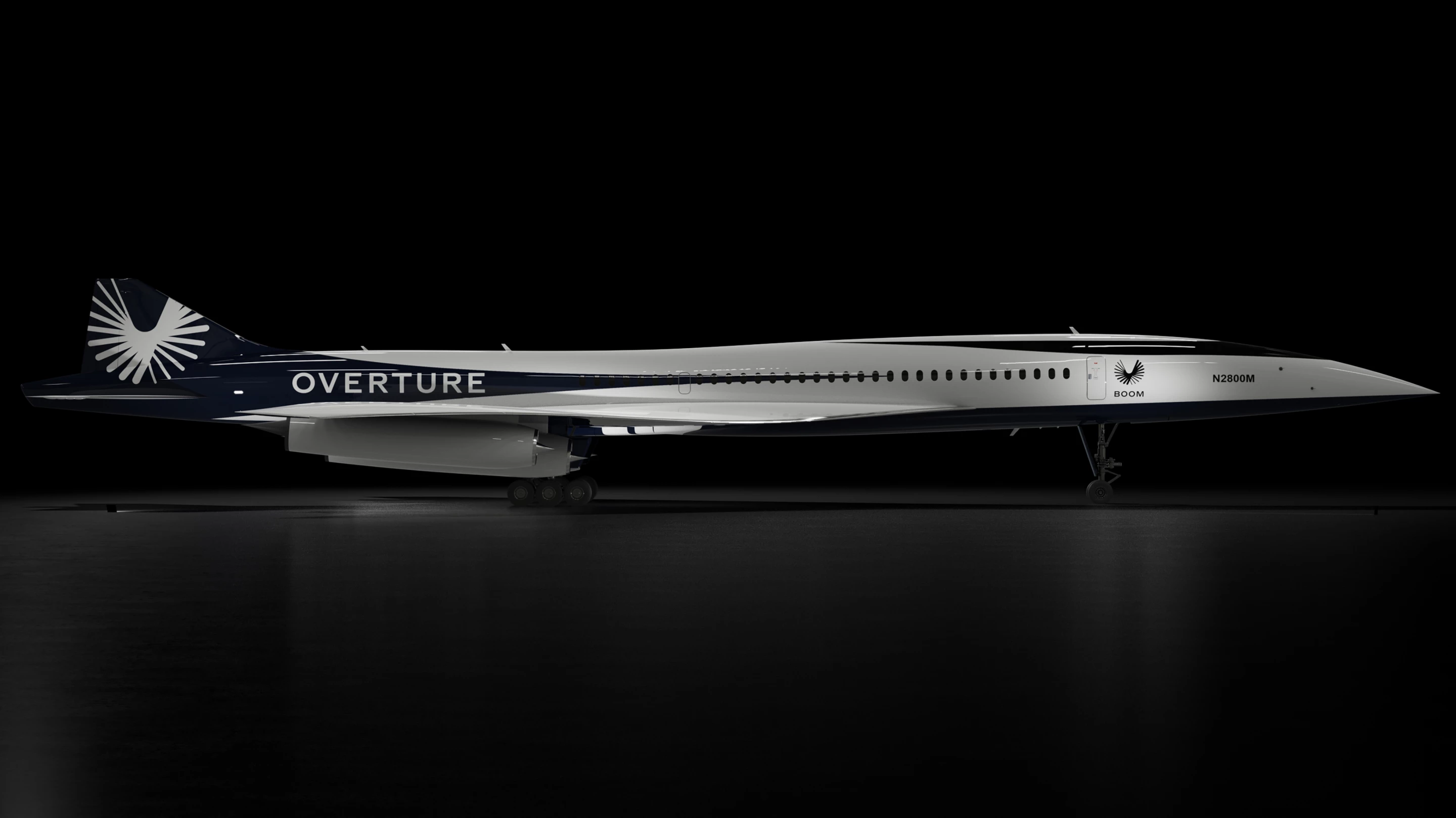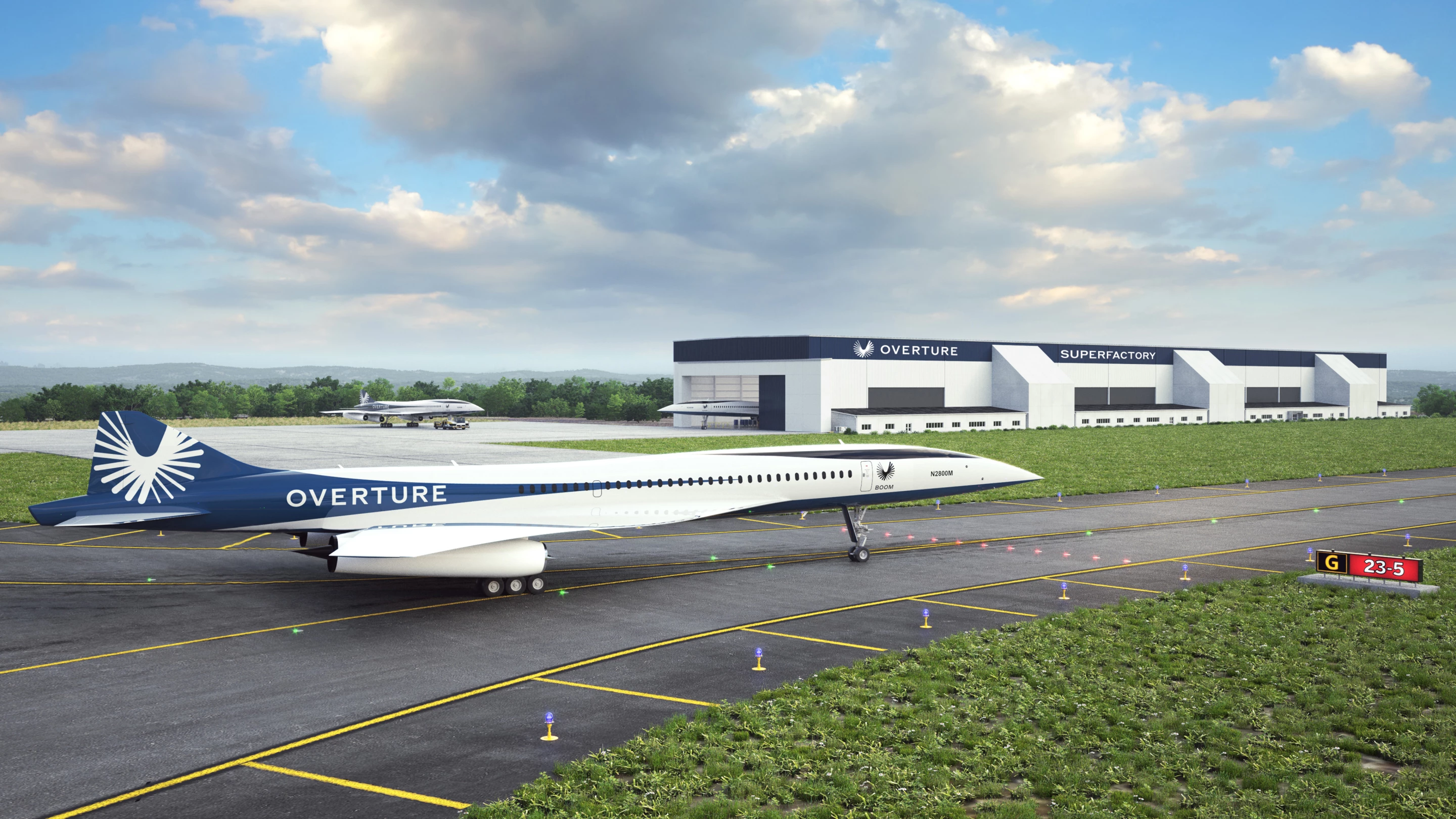The future of civilian commercial supersonic travel looks a bit firmer today after American Airlines and Boom Supersonic signed an agreement for the airline to put down a non-returnable deposit towards the purchase of 20 Overture supersonic aircraft, with the option for an additional 40.
Though it made its last service flight in 2003, the famous Anglo-French Concorde supersonic airliner's fate was sealed almost as soon as it entered service in 1973. Though over 100 orders were filed with the British Aircraft Corporation/Sud Aviation consortium for the aircraft by major airlines around the world, these orders were all non-binding, and by February 1980 every order was cancelled except for 12 airframes for BOAC and Air France.
There were many reasons for this turn of events. Concorde was so cutting-edge and ambitious that it was comparable to NASA's Apollo program, but it suffered from cost overruns, fierce environmentalist opposition, and soaring fuel prices after the Arab Oil Embargo. Any one of these was like dropping a cannonball into a lifeboat, but the loss of every order except for two national airlines that were ordered by their governments to buy Concorde was the economic death knell to an aircraft that was expected to wear the livery of every major international airline.
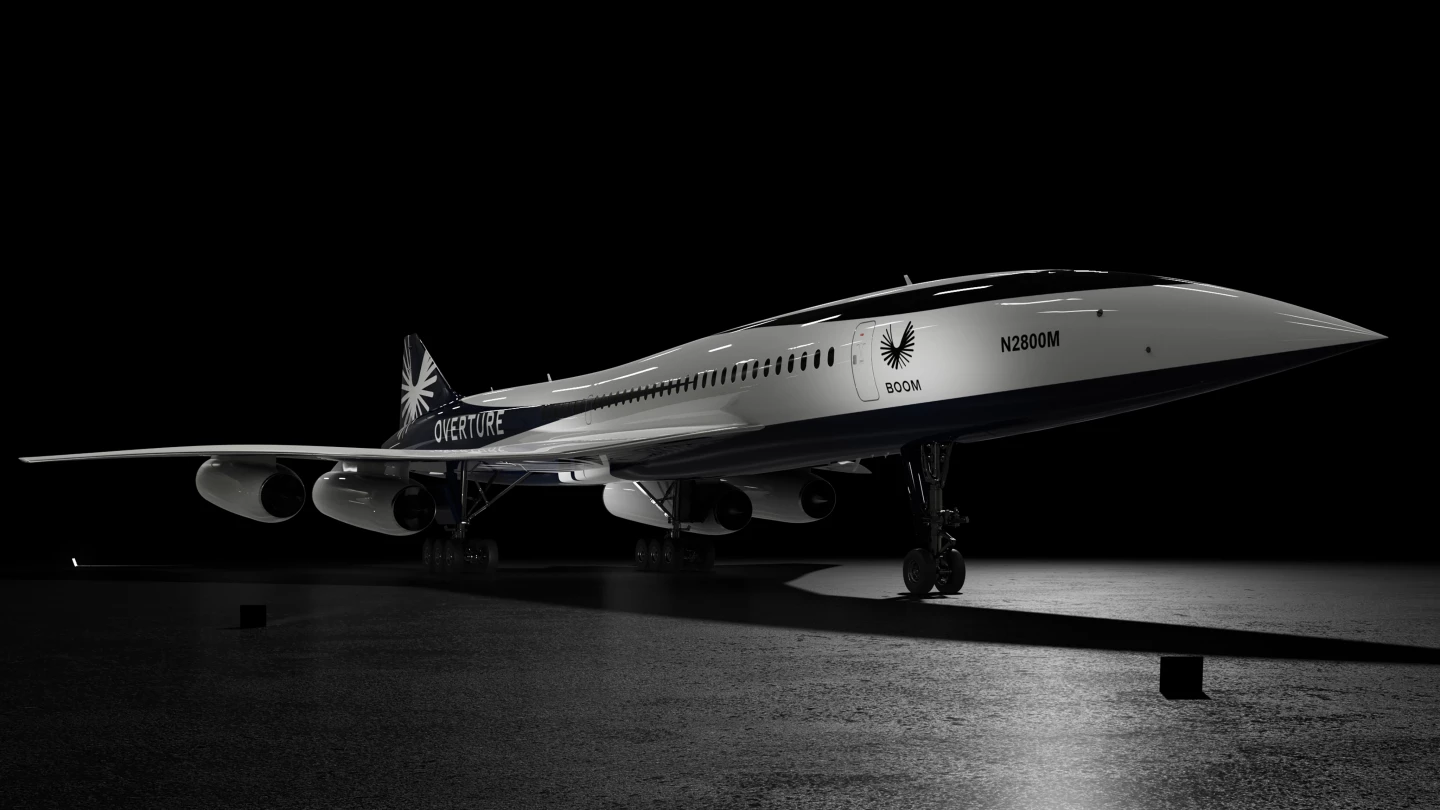
That's the reason why today's announcement is so significant. Following on from last year's purchase agreement by United with Boom and Northrop Grumman teaming with the company to create military variants of the Overture, American Airlines not only promising to buy 20 of the aircraft but putting down earnest money to back it up shows strong confidence that is likely to bolster Boom and the re-emerging commercial supersonic market.
According to Boom, the agreement is subject to its aircraft being able to meet industry-standard operating, performance, and safety requirements. In addition, the company must meet other conditions set by American before accepting delivery.
Scheduled to make its maiden flight in 2026 and enter service by 2029, Overture boasts a new hull and wing designed to reduce the infamous sonic boom to an acceptable thud. It will have a range of 4,250 nm (4,890 miles, 7,870 km) and will be able to carry up to 80 passengers at speeds of Mach 1.7 over water and Mach 0.94 over land, allowing it to fly from Tokyo to Seattle in as little as four and a half hours.
"Looking to the future, supersonic travel will be an important part of our ability to deliver for our customers," said Derek Kerr, American’s Chief Financial Officer. “We are excited about how Boom will shape the future of travel both for our company and our customers."
Source: Boom Supersonic


